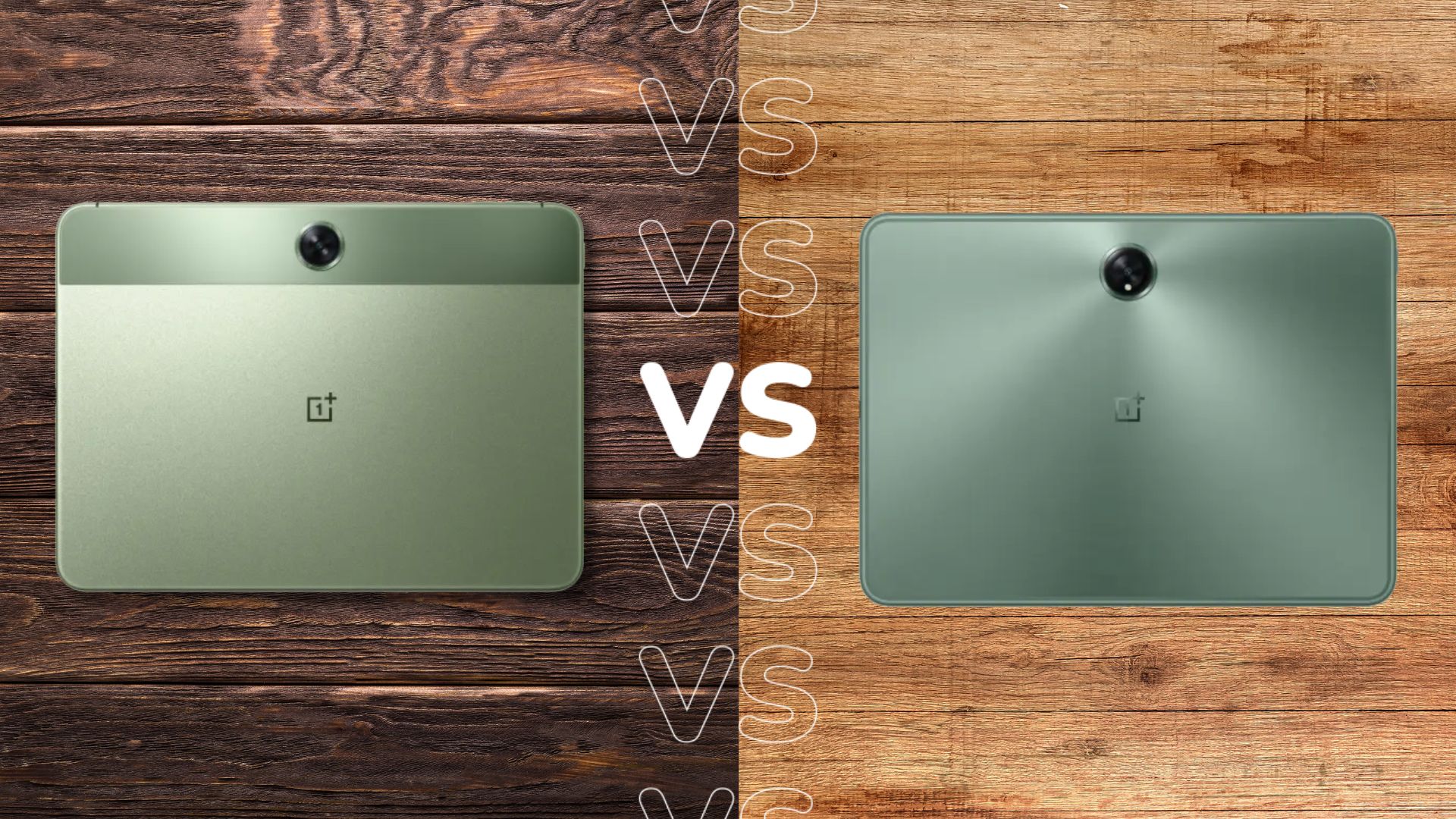Samsung Galaxy S vs Samsung Galaxy A: What’s the difference?
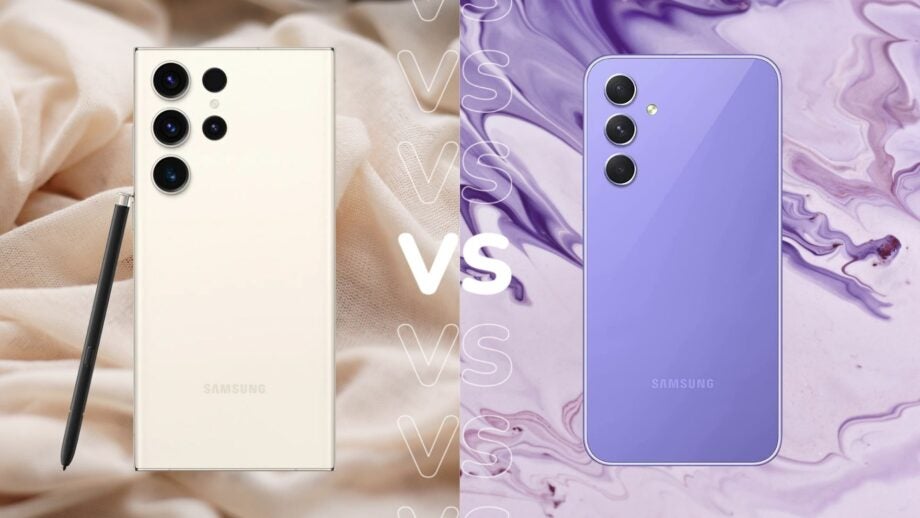
You’ve likely heard a lot about the Samsung Galaxy S and Samsung Galaxy A ranges over the past few months with the release of the S23 series and the A14, A34 and A54 in early 2023, but what’s the difference between the two smartphone collections?
We break down the key differences between the Samsung S series and the Samsung A series right here, including pricing, build, cameras, performance and software update promises to help you decide which is best for your needs. There’s no need to go for the top-end S23 Ultra if you’d be perfectly happy with the mid-range Galaxy A54 after all!
We’ve also got a selection of the best Samsung phones right now if you’re a dedicated Samsung fan looking for your next upgrade, along with our selection of the best Android phones and best smartphones if you’re not such a purist.
Pricing
The biggest difference between the flagship Galaxy S line and the Galaxy A line is the price you’ll pay for them. The Galaxy S line is aimed at the premium flagship market with the Galaxy S23 starting at £849 while the top-end Galaxy S23 Ultra will set you back an eye-watering £1249.
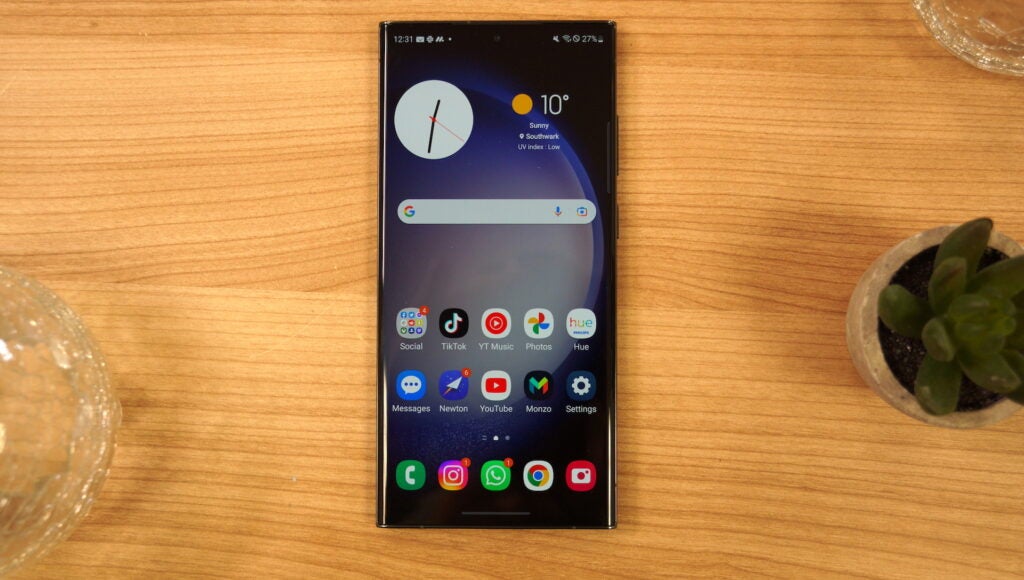
At this level, you’ll find very little compromise in terms of software and hardware, with Samsung throwing the kitchen sink at its flagship range to make them stand out in a very competitive segment of the market.
That’s compared to the Galaxy A line which starts at £179 for the Samsung Galaxy A14, moving up to £349 for the Samsung Galaxy A34 and rising to £449 for the upgraded Galaxy A54. There was traditionally a top-end Galaxy A 7X model, but that has been scrapped with the 2023 collection.
With budget- and mid-range price tags, there are usually compromises from the A series, whether in materials used in the body or certain specs. It’s difficult to find a solid all-rounder at the cheaper end of the market, with phones usually designed with a certain focus – be it screen, cameras, battery life – in mind.
Now that has set the scene, let’s delve a little deeper into the key differences between the Galaxy S and Galaxy A lines.
Build quality
The most obvious difference between the two ranges is build quality, with the flagship Galaxy S series using premium materials like glass and aluminium, compared to the plastic body and rear found on most Galaxy A smartphones.
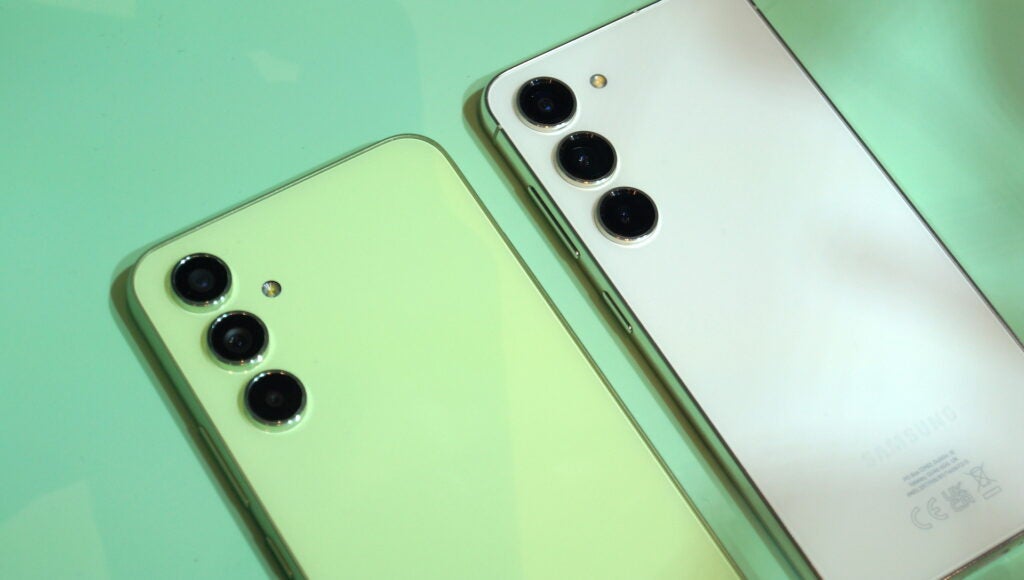
Some Galaxy A smartphones look to bridge the gap a bit, with the Galaxy A54 sporting a glass rear to add to the premium feel, but the body is still built from polycarbonate (essentially plastic).
The glass rears of the latest S series collection are also protected by Corning’s Gorilla Glass Victus 2 which should hopefully protect them against shattering when dropped. The A series has the upper hand here with no real way to shatter the plastic rear, though on the flip side, it is more prone to light scratches than glass.
There’s also a slight difference in the level of dust and water resistance on offer, with the Galaxy S line offering full IP68 protection while the Galaxy A line comes in just shy of the top spot at IP67. Unless you’re prone to leaving your phone submerged in water, the difference in ratings should be rather nominal.
Cameras
The camera offering can differ wildly between the Galaxy S and Galaxy A collections.
The Samsung Galaxy S series offers the best camera tech Samsung has to offer, split across high-res main, telephoto and ultrawide snappers, usually handling both well-lit and low-light environments with ease. They’re also capable of high-res 8K video capture, alongside HDR video capture at 4K@60fps.
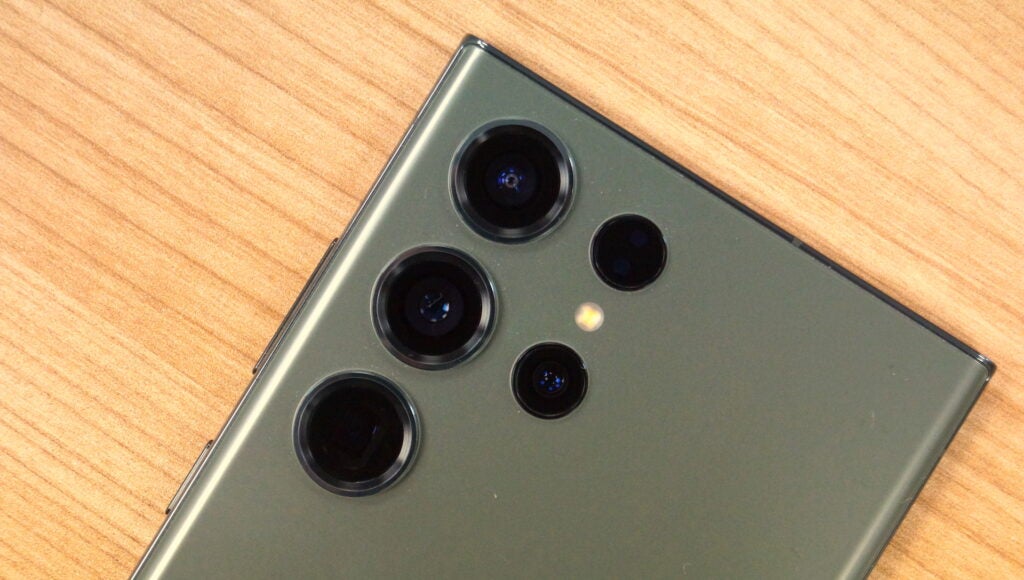
The top-end Galaxy S Ultra model takes things a step further with a boosted main camera and an additional lens offering 10x optical zoom and a whopping 100x digital zoom ideal for taking snaps of the moon. The S23 Ultra, in particular, sports a whopping 200MP main camera with 16-in-1 pixel binning tech that really boosts the quality of image capture.
The Samsung Galaxy A range has traditionally lagged behind, using a combination of main, ultrawide, macro and depth sensors, though that has changed somewhat in 2023 with the A series now offering a main, ultrawide and telephoto line-up just like the Galaxy S collection.
The cameras aren’t quite as high-res and the sensors powering them aren’t quite as capable, but they’re decent performers and at least you’ll now get access to the same three main shooting modes as the flagship range.
Performance
The biggest differentiator between the two Galaxy brands is the level of performance on offer.
The Galaxy S series usually boasts the top-end processor available at the time, with the Galaxy S23 series boasting an exclusive Snapdragon 8 Gen 2 for Galaxy chipset with boosted clock speeds over the already-impressive standard Snapdragon 8 Gen 2 found in competing flagships like the OnePlus 11 and Xiaomi 13 Pro.
These chipsets offer powerful performance that can take on just about anything users can throw at them, from high-end AAA gaming to editing videos on the fly, and they tend to boast the best power efficiency too.
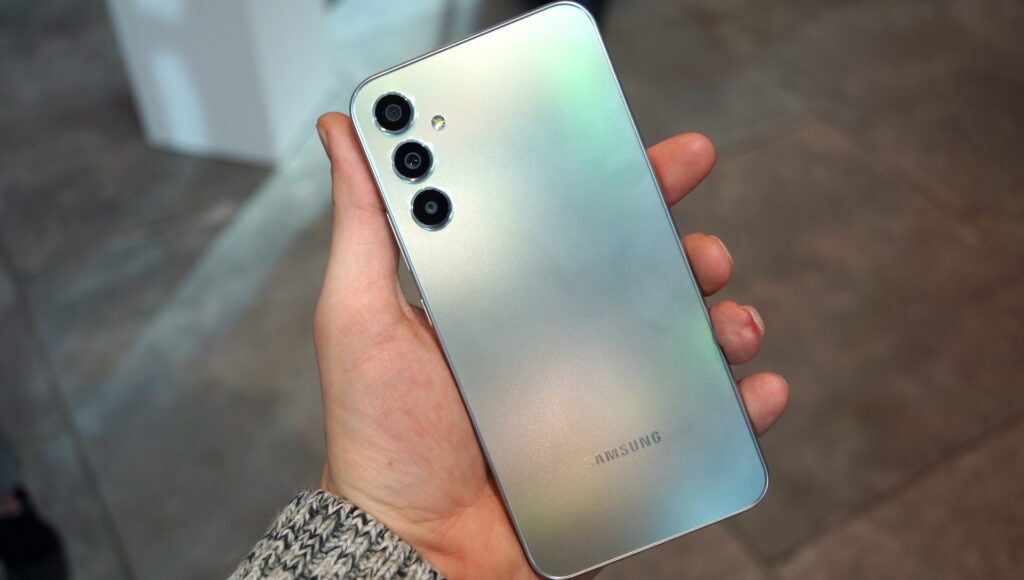
That’s compared to the Samsung A series that has a bit of a processor split depending on the model you opt for – the Galaxy A34 sports the mid-range MediaTek Dimensity 1080 while the A54 uses Samsung’s own Exynos 1380 – but regardless of the specifics, the chipsets aren’t going to be able to compete with flagships.
That doesn’t mean they’re laggy – we had no real complaints about the Galaxy A54 – but certain elements, like switching camera lenses, opening apps and loading games, can take a little longer than some might like.
Software updates
While some previous generations of Galaxy A couldn’t quite compete with the multi-year OS upgrade promise of the flagship Galaxy S series, that has changed in 2023.
All Galaxy S and Galaxy A phones released this year get the same promise of four major Android OS upgrades and five years of security updates, which is among the best around in the Android market, so you’ll keep getting big updates for the next few years regardless of the model you end up buying.



